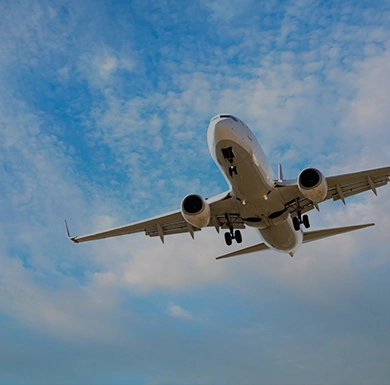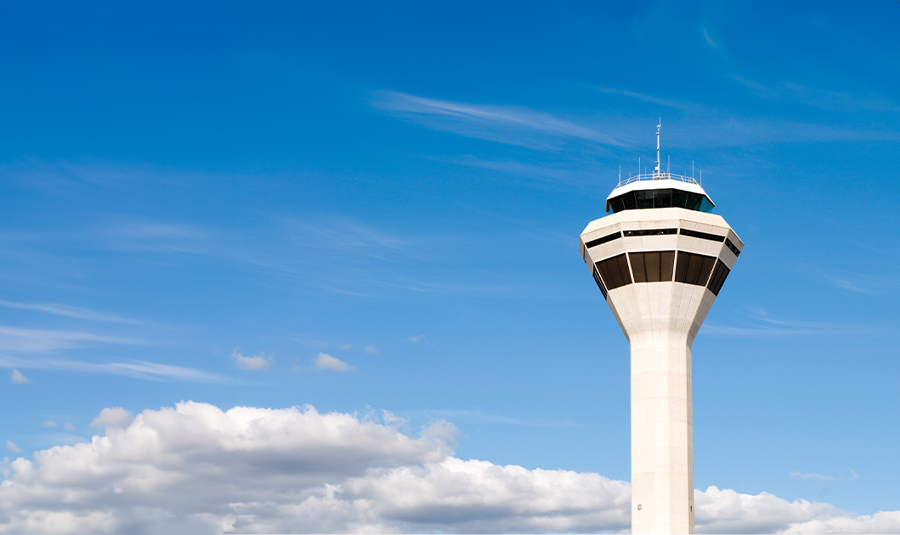UAVs are quickly becoming more regulated than the world’s oldest profession. Perhaps more regulation is necessary, however, as every time you turn on the news there is another DJI Phantom flying into the flightpath of a Boeing 737. On August 4, 2015, in an effort to prevent such violations by drone operators in the National Airspace System (NAS), the FAA released an updated notice for “Education, Compliance, and Enforcement of Unauthorized Unmanned Aircraft Systems Operators.” FAA Notice N 8900.313 replaces the now expired FAA Notice N 8900.268; however, both notices essentially contain identical provisions and guidelines. Notice N 8900.313 provides Flight Standards divisions (RFSD), and Flight Standards District Office (FSDO) aviation safety inspectors (ASI) with the “FAA approved” protocol for how drone operators should be “properly educated” if they violate a regulation within the NAS. This notice applies to both recreational (i.e. hobby enthusiasts) UAV operators and those operating under a Section 333 exemption for commercial purposes.
Let’s work through the guidelines together. So let’s say for example you are flying your Parrot AR 2.0 Elite Quadcopter on a photography assignment and you lose Visual Line of Sight (VLOS) with the UAV. When you lose VLOS you inadvertently climb to 1,600 feet, right into the path of a Cessna 172 on a VFR flight plan. As a result of this mistake, you are reported by the Cessna pilot and the FAA traces the UAV’s operation back to you. What’s going to happen?
As per Notice N 8900.313 the FSDO air safety inspector assigned to your case will first attempt to call you on the phone. The guidelines indicate that the inspector should “conduct an inquiry appropriate to the circumstances.” In our hypothetical, the inspector will likely ask what happened, whether you remained within visual line of sight with the UAV, why you climbed, etc. Beyond that the inspector will review with you the appropriate Code of Federal Regulations (CFR) provisions and counsel you on how to operate your UAV within said provisions. If the inspector deems necessary, he will send you an administrative informational letter that includes website addresses to FAA UAS guidance and relevant CFR provisions. As in any FAA enforcement case, it is advised that you speak with an aviation attorney before speaking with the FAA inspector.
The abovementioned scenario is the easy way the inspector may resolve your case. There is, however, another, more odious way the inspector may resolve the case. If, when talking to the inspector, he or she determines that you are “uncooperative, intentionally noncompliant, or the operation poses medium to high potential or actual endangerment to the NAS,” he or she will proceed with an enforcement action as outlined in the Compliance and Enforcement Bulletin No. 2014-2. One lesson here is to not be uncooperative with the inspector, should you talk to him on the phone. Furthermore, keep yourself apprised of the CFR provisions that apply to UAV operations and don’t intentionally violate them.
Should the inspector propose an enforcement action, the UAS Integration Office will take over and prepare a memorandum for the Office of the Chief Counsel recommending an appropriate sanction based on the facts of the case and in accordance with the guidance in Order 2150.3 and the Compliance and Enforcement Bulletin No. 2014-2.6. At this point, the FAA could either take legal or administrative action against you. If you are notified that you are the subject of an enforcement action, it is imperative that you contact an aviation attorney.
The short and long is that if you violate a regulation within the NAS with your UAV, you could be subject to suspension or loss of licensure, penalties and fees, and/or a very stern talking to by some guy at the FAA. If you feel you have violated a regulation with your UAV and want to speak with an aviation attorney, call us at 863-712-9472 or e-mail to [email protected].

